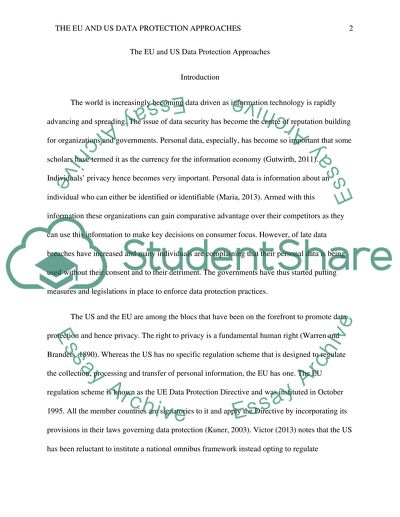Cite this document
(“The EU and US Data Protection Approaches and their Sustainability Essay”, n.d.)
The EU and US Data Protection Approaches and their Sustainability Essay. Retrieved from https://studentshare.org/information-technology/1498223-the-eu-and-us-data-protection-approaches-and-their-sustainability
The EU and US Data Protection Approaches and their Sustainability Essay. Retrieved from https://studentshare.org/information-technology/1498223-the-eu-and-us-data-protection-approaches-and-their-sustainability
(The EU and US Data Protection Approaches and Their Sustainability Essay)
The EU and US Data Protection Approaches and Their Sustainability Essay. https://studentshare.org/information-technology/1498223-the-eu-and-us-data-protection-approaches-and-their-sustainability.
The EU and US Data Protection Approaches and Their Sustainability Essay. https://studentshare.org/information-technology/1498223-the-eu-and-us-data-protection-approaches-and-their-sustainability.
“The EU and US Data Protection Approaches and Their Sustainability Essay”, n.d. https://studentshare.org/information-technology/1498223-the-eu-and-us-data-protection-approaches-and-their-sustainability.


